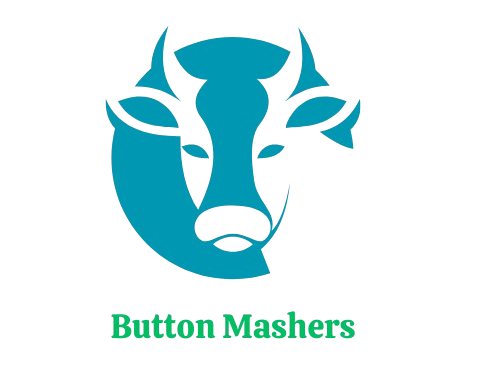Knead has been rehearsed for quite a long time, with its underlying foundations followed back to old civic establishments. Today, it has developed into a broadly perceived and well known type of treatment that goes past simple unwinding. The specialty of back rub incorporates a range of procedures intended to upgrade physical, mental, and close to home prosperity. In this article, we investigate the advantages of back rub, different back rub strategies, and how this antiquated practice keeps on adding to our cutting edge comprehension of all encompassing wellbeing.
The Advantages of Back rub:
Stress Decrease:
One of the essential reasons people look for knead treatment is for stress help. Knead assists with enacting the body’s unwinding reaction, decreasing the degrees of stress chemicals and advancing a feeling of quiet and serenity. Whether it’s a Swedish back rub or profound tissue rub, the calming hint of a talented back rub specialist can ease pressure and leave you feeling revived.
Torment The executives:
Rub treatment is many times used as a correlative way to deal with overseeing constant agony conditions. Strategies like profound tissue knead target explicit muscle gatherings, advancing blood course and delivering tight bunches that add to torment. People experiencing conditions like joint inflammation, fibromyalgia, or sports wounds frequently track down alleviation through standard back rub meetings.
Further developed Flow:
The control of delicate tissues during a back rub advances better blood stream all through the body. Upgraded course conveys oxygen and supplements to cells as well as helps in the disposal of side-effects. This expanded blood stream adds to a better cardiovascular framework and can support the counteraction of specific medical problems.
Improved Adaptability and Scope of Movement:
Knead chips away at the muscles, ligaments, and tendons, further developing adaptability and scope of movement. Competitors, specifically, benefit from sports back rub to get ready for or recuperate from extreme active work. By lessening muscle solidness and expanding adaptability, knead forestalls wounds and supports by and large athletic execution.
Mental Prosperity:
Past the actual advantages, rub significantly affects psychological well-being. The arrival of endorphins, the body’s normal state of mind enhancers, during a back rub adds to a better feeling of prosperity. Furthermore, the 여긴어때 remedial touch cultivates an association between the brain and body, advancing care and unwinding.
Well known Back rub Procedures:
Swedish Back rub:
A delicate and loosening up rub method including long strokes, manipulating, and roundabout developments. Swedish back rub is a brilliant decision for those new to rub treatment or looking for pressure alleviation.
Profound Tissue Back rub:
Focusing on more profound layers of muscle and connective tissue, profound tissue rub is great for tending to constant agony and muscle strain. This method includes firm tension and slow strokes to deliver snugness.
Hot Stone Back rub:
Integrating warmed stones, this back rub procedure intends to loosen up muscles and further develop flow. The glow of the stones upgrades the general helpful experience.
Thai Back rub:
Established in customary Thai medication, this type of back rub joins pressure point massage, helped yoga stretches, and pressure. Thai back rub advances energy stream and adaptability.
End:
Rub, when thought about an extravagance, has turned into a necessary piece of comprehensive wellbeing and health. From stress decrease to torment the board and further developed adaptability, the advantages of back rub are broad. As we keep on investigating the association among psyche and body, rub stays an incredible asset for accomplishing equilibrium and encouraging generally prosperity. Whether you’re looking for unwinding, recuperation, or revival, the mending dash of back rub treatment offers an excursion to physical and mental concordance.
